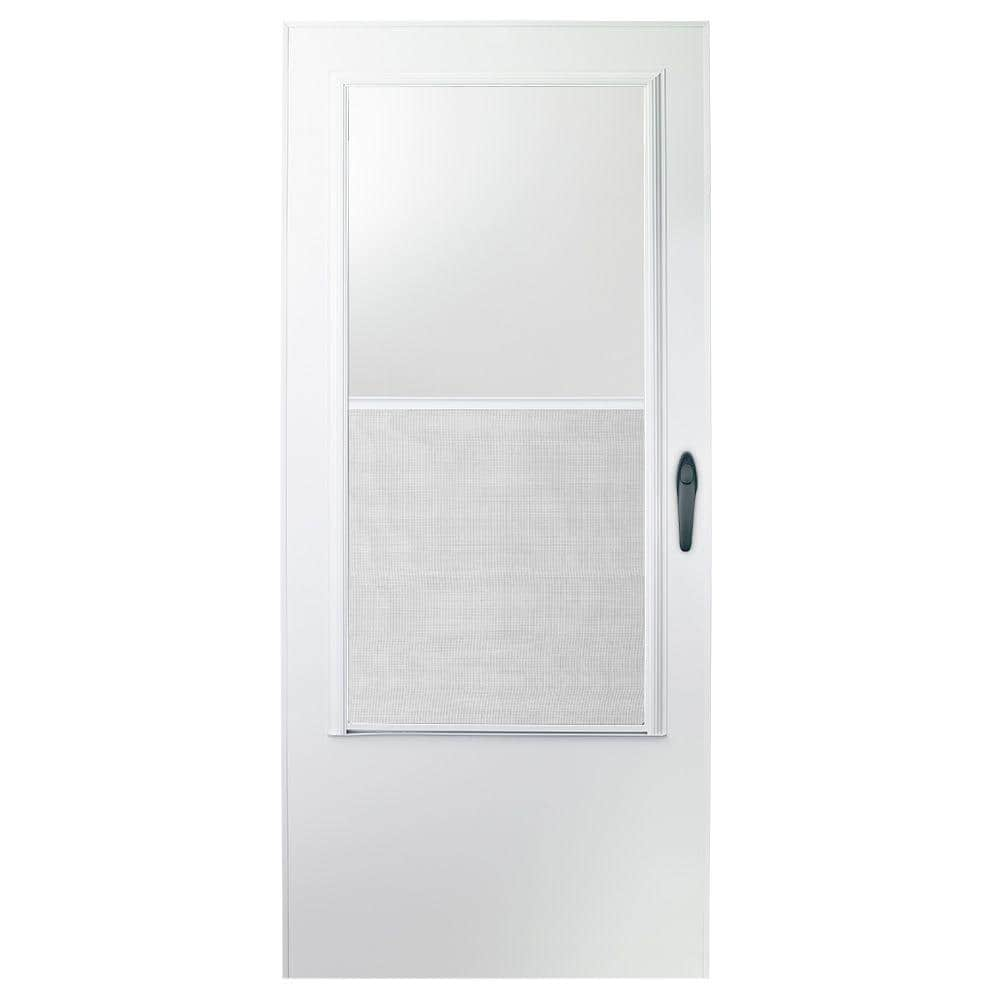PlugShare- 6 miles away
Supercharger-30 miles away
Future supercharger 2022- 13 miles away
Roundtrip to and from office- 22 miles, currently still working from home. Rarely drive anywhere weekday nights.
Weekend driving 50-75 miles Saturday & Sunday with an occasional trip to Chicago - 120 miles
SE WI winters are quite harsh, but do I really have anything to worry about?
My electrician spoke to the inspector and told him I would need a $2k panel upgrade and a 14-50 Nema isn’t an option in my case. In fact my current 100amp should really be 135amp.
With the MY never really going in sleep mode what should I be worried about as far as my electrical bill goes?
Will I still be able to precondition in the winter?
Supercharger-30 miles away
Future supercharger 2022- 13 miles away
Roundtrip to and from office- 22 miles, currently still working from home. Rarely drive anywhere weekday nights.
Weekend driving 50-75 miles Saturday & Sunday with an occasional trip to Chicago - 120 miles
SE WI winters are quite harsh, but do I really have anything to worry about?
My electrician spoke to the inspector and told him I would need a $2k panel upgrade and a 14-50 Nema isn’t an option in my case. In fact my current 100amp should really be 135amp.
With the MY never really going in sleep mode what should I be worried about as far as my electrical bill goes?
Will I still be able to precondition in the winter?
Last edited:



